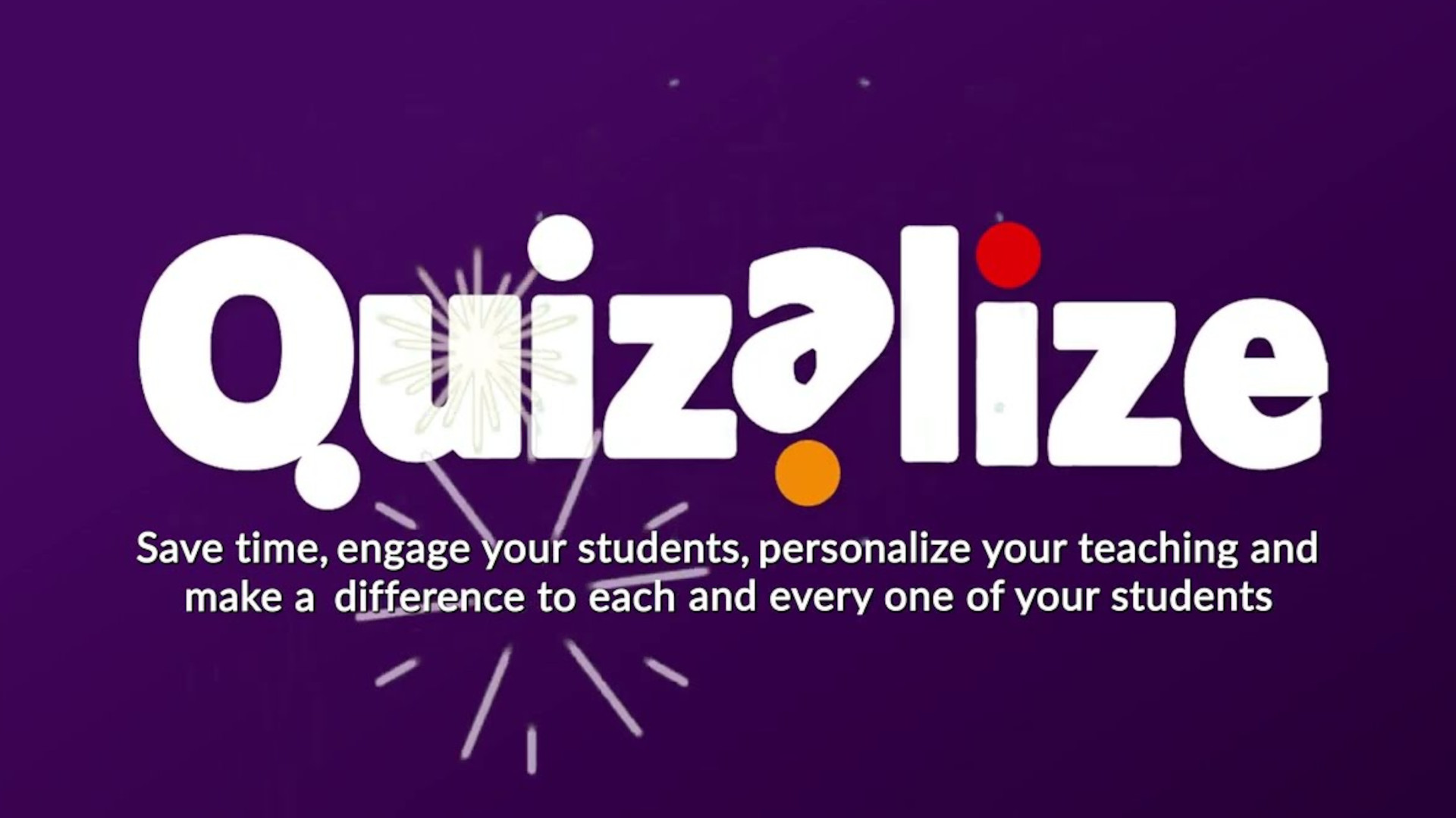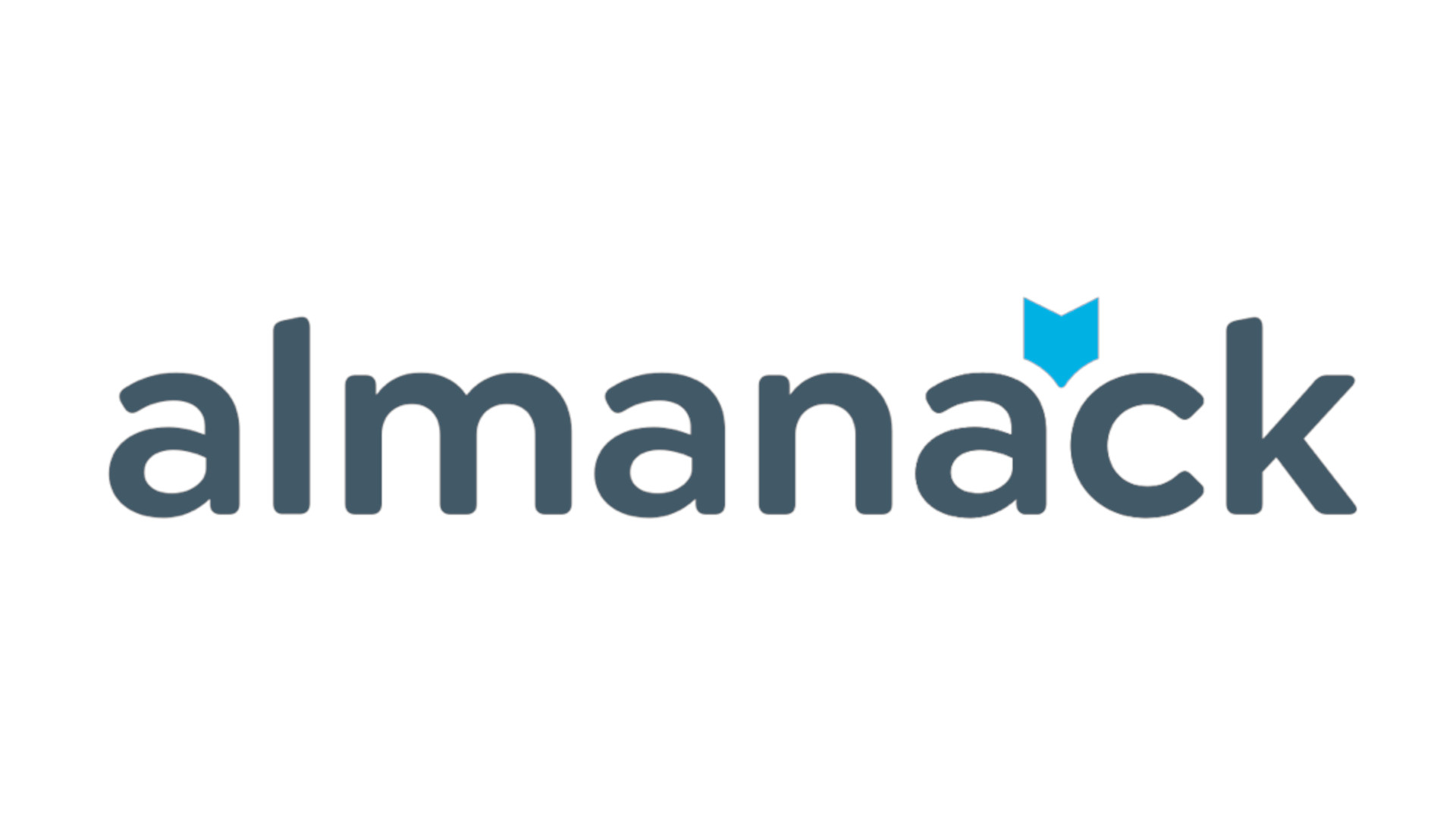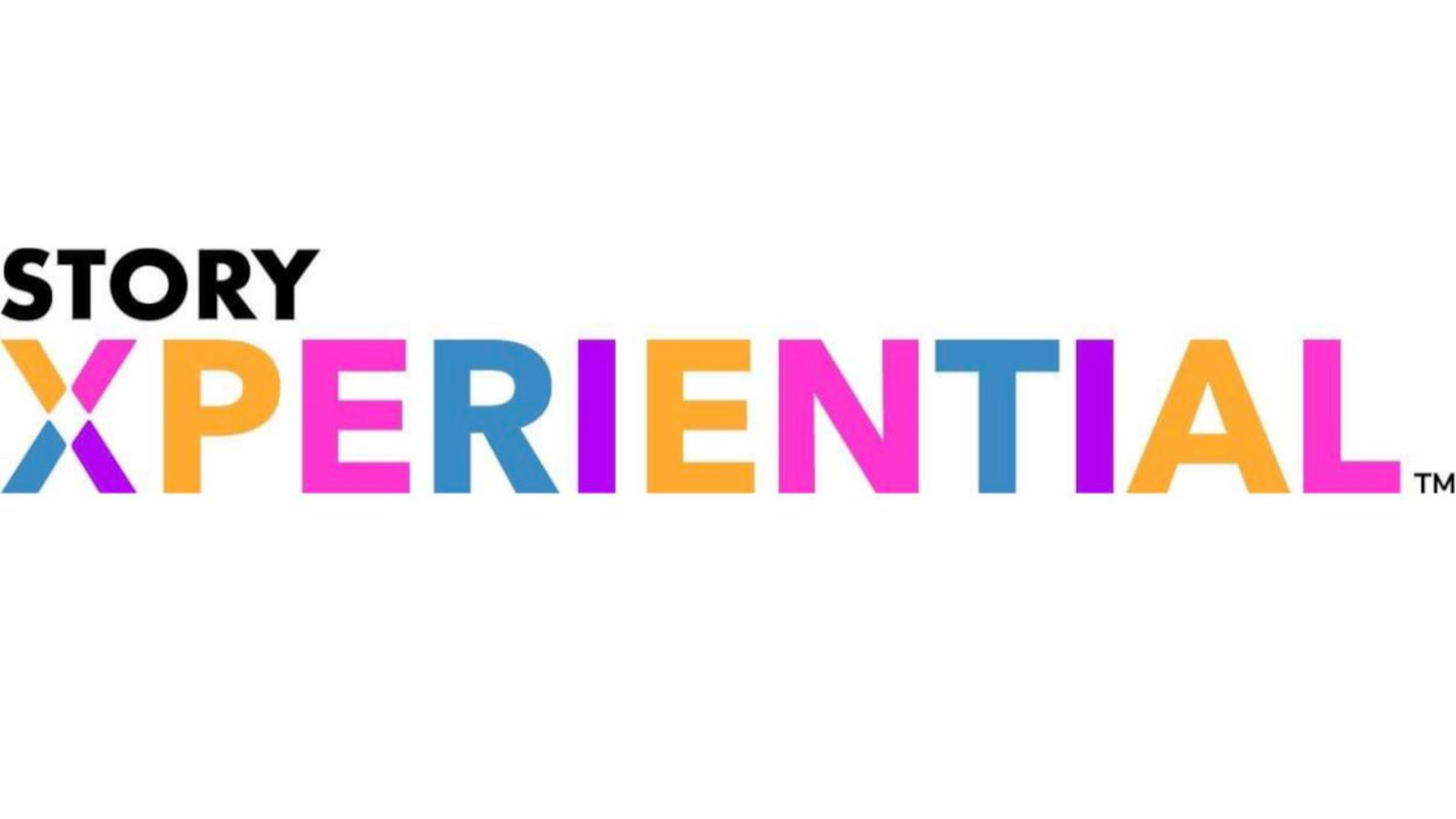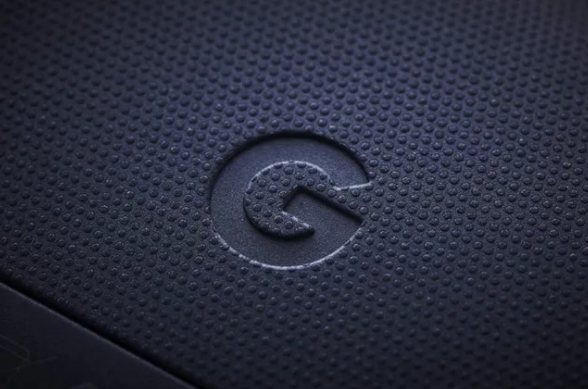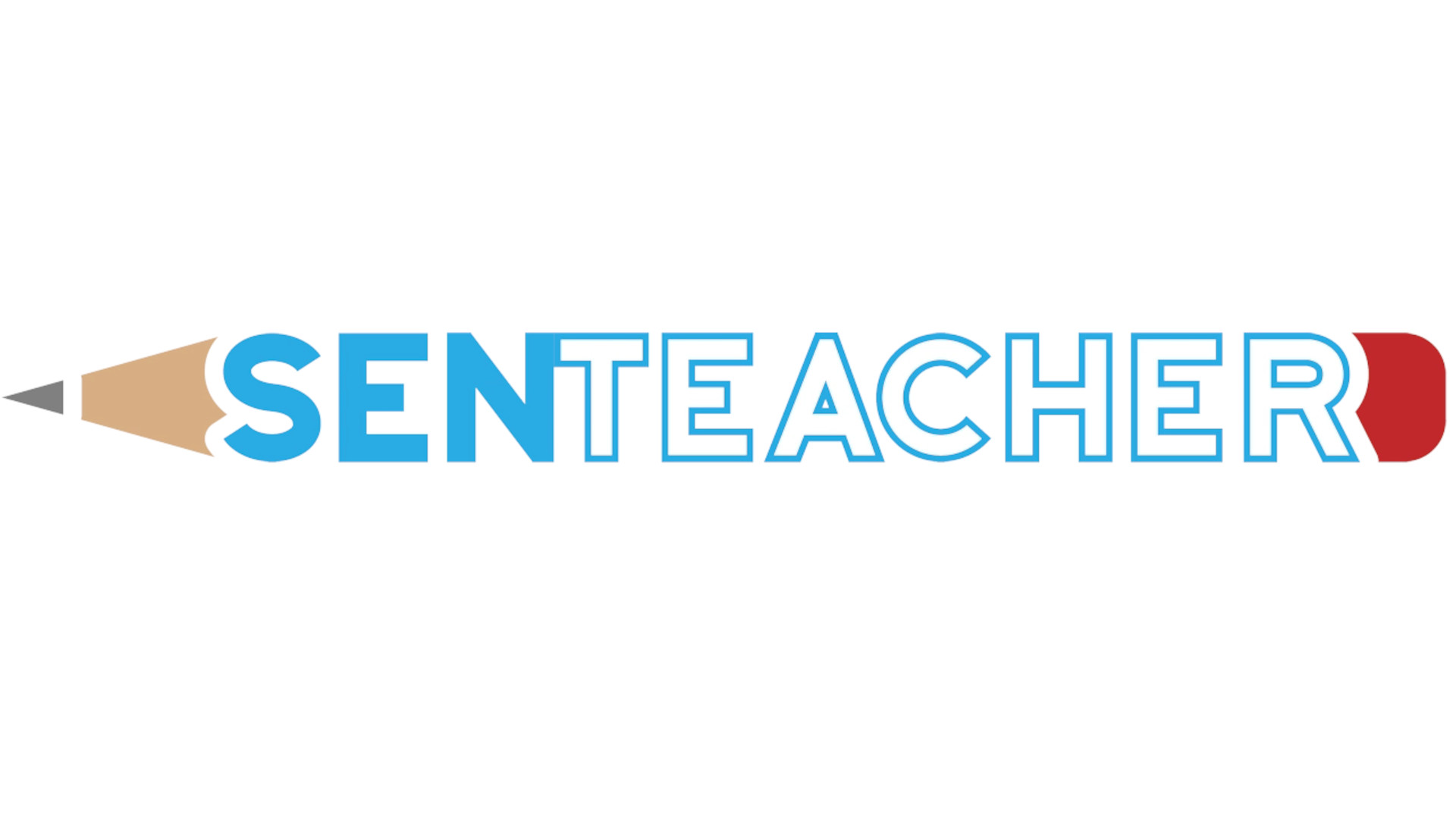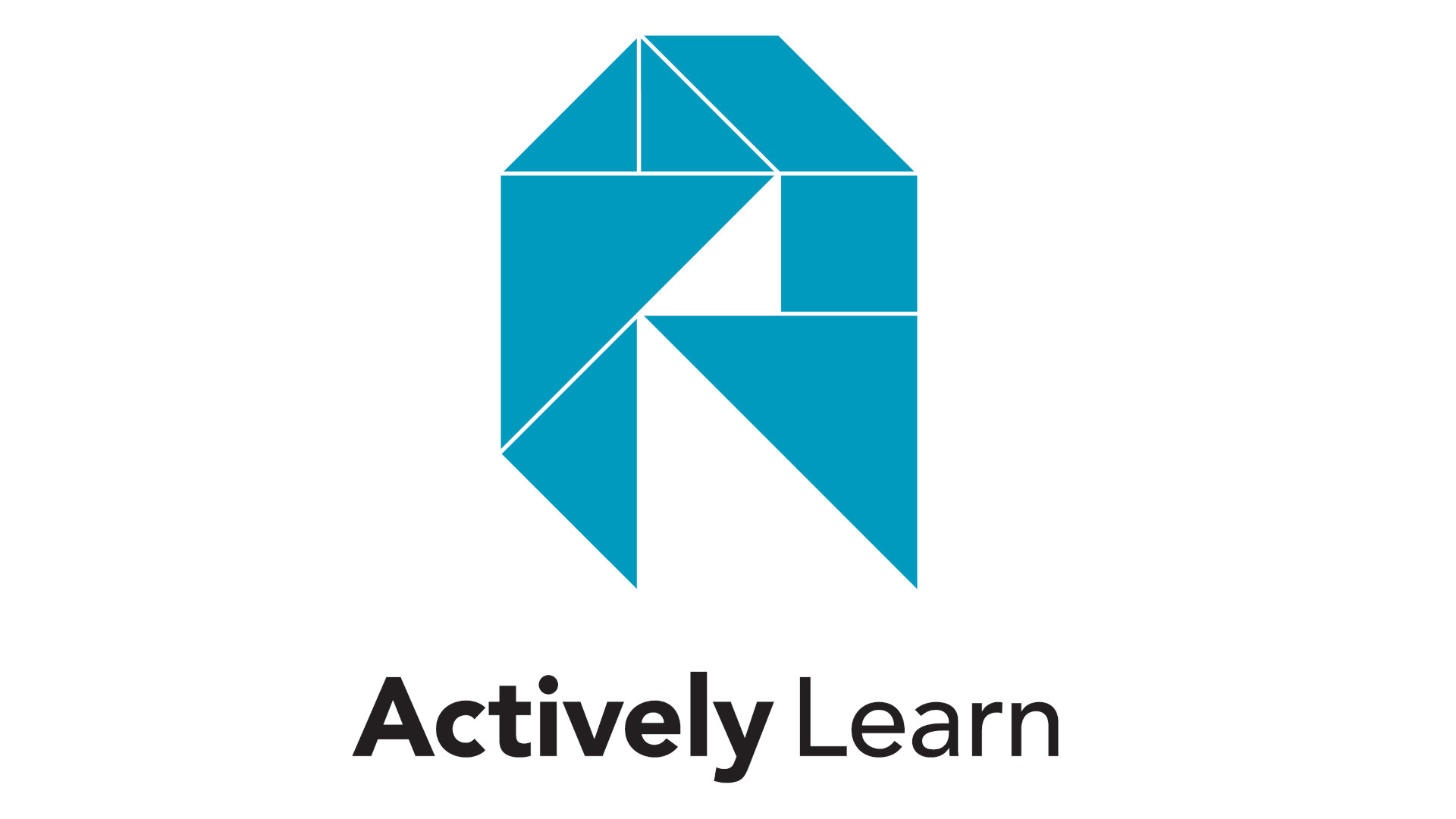What is Pocketalk? The Translation Tool Explained
Pocketalk provides translation devices that can allow students to instantly translate interactions with teachers and peers.

Pocketalk devices are translation tools about the size of a phone that provide near real-time translations in 82-plus languages. Students can carry these in their pockets and simply press a button and speak when they want to translate something or have something a teacher tells them translated.
Pocketalk devices are being utilized in more than 1,000 schools across the U.S., including the Gervais School District in Oregon, which has more than 40 devices on loan to various students and families. Dr. Creighton Helms, director of student services and federal programs at Gervais School District, says translation tools are vital in the district because more than 40 percent of students are multilingual learners.
“We tried Google Translate but it has a lot of significant limitations,” Helms says. “You can’t just walk around the playground with a Chromebook and use Google Translate. And we've tried on-demand companies that do interpretation support but that ends up being more of like a parent-teacher conference type thing.”
Pocketalk was a more effective solution due to its versatility, portability, and accuracy, Helms says. Read on to find out more about Pocketalk and its strengths and limitations.
What is Pocketalk?
Pocketalk is a tool for translation. Say a phrase into it in English, for example, and it will respond in French or any language selected.
While the ability for it to work with just audio is one of its strengths, phrases can also be typed in and the device can translate writing on signs or paper thanks to an inbuilt camera that can scan written text.
In addition to education, the device has been marketed to business travels as well as medical professionals who need to communicate with patients who speak different languages.
Tech & Learning Newsletter
Tools and ideas to transform education. Sign up below.
Pocketalk devices are about the size of a cellphone and can be carried – as the name employes – in a pocket and can be used with a headset.
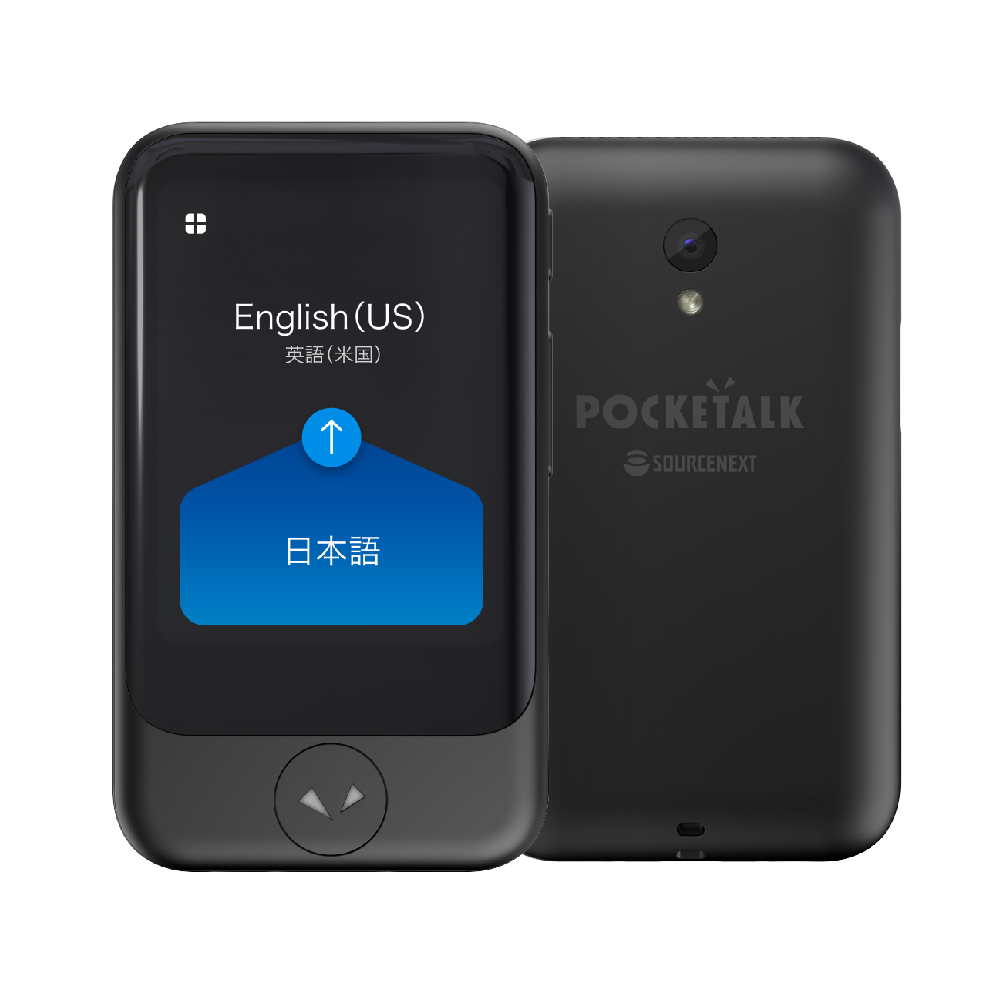
What Are Pocketalk’s Best Features?
Helms says his district was attracted to Pocketalk because of its accurate translations and because it is very student-centered and can be put in their hands and used when they need it.
“We have a very high population of students who speak limited English – they may speak social English well, but they don't speak academic English well,” Helms says. These students can use Pocketalk when they need it and keep it in their pockets when they don’t.
“It can be useful in the classroom setting but also on the playground or in the cafeteria, so it's not just being used for academics but it's also being used for social-emotional bonding with peers,” Helms says.
Another strength of the devices is that they can be used discreetly by students who can listen to a translation of a teacher’s advice through an earpiece without other students knowing. “Just trying to address language issues can be embarrassing for some students,” Helms says.
Finally, Pocketalk works without internet access so can be brought with the student to any classroom or part of campus without fear of the signal dropping out and the translator no longer working.
What Are Some of Pocketalk’s Limitations
As impressive as modern translation technology can be, Pocketalk is not meant as a permanent solution for students.
In Helms' district, the devices are moved to different students and families based upon current need and as students move on from the devices as their knowledge of English improves.
“It's not intended to be a permanent fixture in their lives,” Helms says. “It’s intended to help them with language acquisition, and if their English acquisition continues to increase, our goal is that we slowly wean them off of these devices. So they don't go to them as ‘I don't have to learn English because I have my device.’ That's not our goal at all.”
What Does Pocketalk Cost?
Pocketalk devices range from $249 to $299 per device, however, bulk discounts are available for schools and other organizations.
Pocketalk also has an app with many of the same features as the Pocketalk devices available in the Google Play store and Apple app store. Access to the app is free for three days. Yearly subscriptions are $26.49, or monthly subscriptions are available for $2.49 per month.
To share your feedback and ideas on this article, consider joining our Tech & Learning online community here
Erik Ofgang is a Tech & Learning contributor. A journalist, author and educator, his work has appeared in The New York Times, the Washington Post, the Smithsonian, The Atlantic, and Associated Press. He currently teaches at Western Connecticut State University’s MFA program. While a staff writer at Connecticut Magazine he won a Society of Professional Journalism Award for his education reporting. He is interested in how humans learn and how technology can make that more effective.


